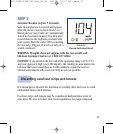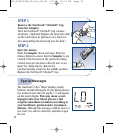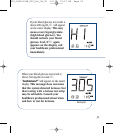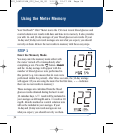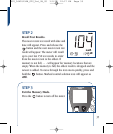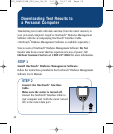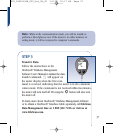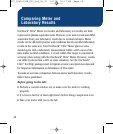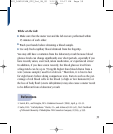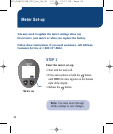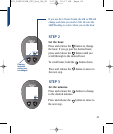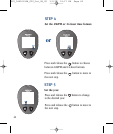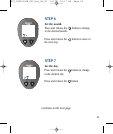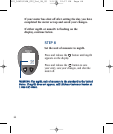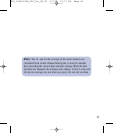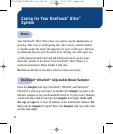
39
While at the lab:
◗
Make sure that the meter test and the lab test are performed within
15 minutes of each other.
◗
Wash your hands before obtaining a blood sample.
◗
Use only fresh capillary blood obtained from the fingertip.
You may still have a variation from the laboratory result because blood
glucose levels can change significantly over short periods, especially if you
have recently eaten, exercised, taken medication, or experienced stress.
1
In addition, if you have eaten recently, the blood glucose level from
a fingerstick can be up to 70 mg/dL higher than blood drawn from a
vein (venous sample) used for a lab test.
2
Therefore, it is best to fast
for eight hours before doing comparison tests. Factors such as the per-
centage of red blood cells in the blood (a high or low hematocrit) or
the loss of body fluid (severe dehydration) may also cause a meter result
to be different from a laboratory result.
References
1. Surwit, R.S., and Feinglos, M.N.: Diabetes Forecast (1988), April, p. 49–51.
2. Sacks, D.B.: “Carbohydrates.” Burtis, C.A., and Ashwood, E.R. (ed.), Tietz Textbook
of Clinical Chemistry. Philadelphia: W.B. Saunders Company (1994), p. 959.
DCO_06405104B_OTU_Uni_OB_US 3/8/06 12:17 PM Page 39



